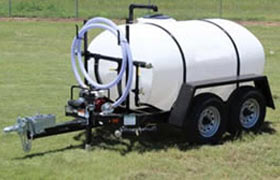

No foam in mine, in water year round, been that way for 5 years. We used plumbers dope on the bungs as it does not harden like silicone will over the years. The bungs themselves use a rubber type seal, so I would probably use some silicone on the threads and crank em down tight.įorget pounds and ounces, Im figuring displacement If we accept that: MBG()FGSF()HBG(F1) And we surmise that: BG()HBG(F1) while GSF( Would it hold true that: HBG(F1)()AM500(x)q.d.()1.5lbGRWT PB answer: It depends.Ī good bead or two of silicone around the bung threads and theyve been good for almost 7 years now. Is leaving them empty a problem Is there a great way to seal the bungs when screwing the plug cap in to avoid this If they have to be filled with foam, whats the best option when on a budget Thanks in advance folks. Keep in mind, none of the dozens of people that suggested that actually have a pond or a floating dock, but many were adamant I was making a mistake by leaving the drums empty. The isocyanate and polyol resin materials are kept separated through the entire system until they come together in the spray gun, where they are mixed and spray-applied to the target substrate.Are you folks having trouble with this, or are they paranoid.

The two materials move through the machine (commonly referred to as a proportioner) starting at the proportioning pumps, through the primary heaters, through the heated hoses, and out to the spray gun. Spray foam machines have two metering, or proportioning, pumps (one for each component) that heat and proportion the isocyanate and polyol in a 1:1 ratio. Once in use on the job site, they are transferred from the drums to the proportioning machine via specialized transfer pumps. The two components that combine to make spray polyurethane foam (SPF) (Side A: isocyanate, and Side B: polyol resin) are typically supplied in 55-gallon drum sets, which must be shipped and stored according specific procedures. SPF equipment is integral to the entire process of applied spray foam: from transferring the components out of the 55 gallon material drums, to properly heating and pressurizing the materials, to pumping them through hoses, to finally mixing and spraying the components.

Alternatively, SPF can be applied using low-pressure, two-component pressurized kits, or single-component cans for smaller applications. Generally speaking, spray polyurethane foam (SPF) is applied using commercially available high-pressure, plural-component proportioning technology.


 0 kommentar(er)
0 kommentar(er)
